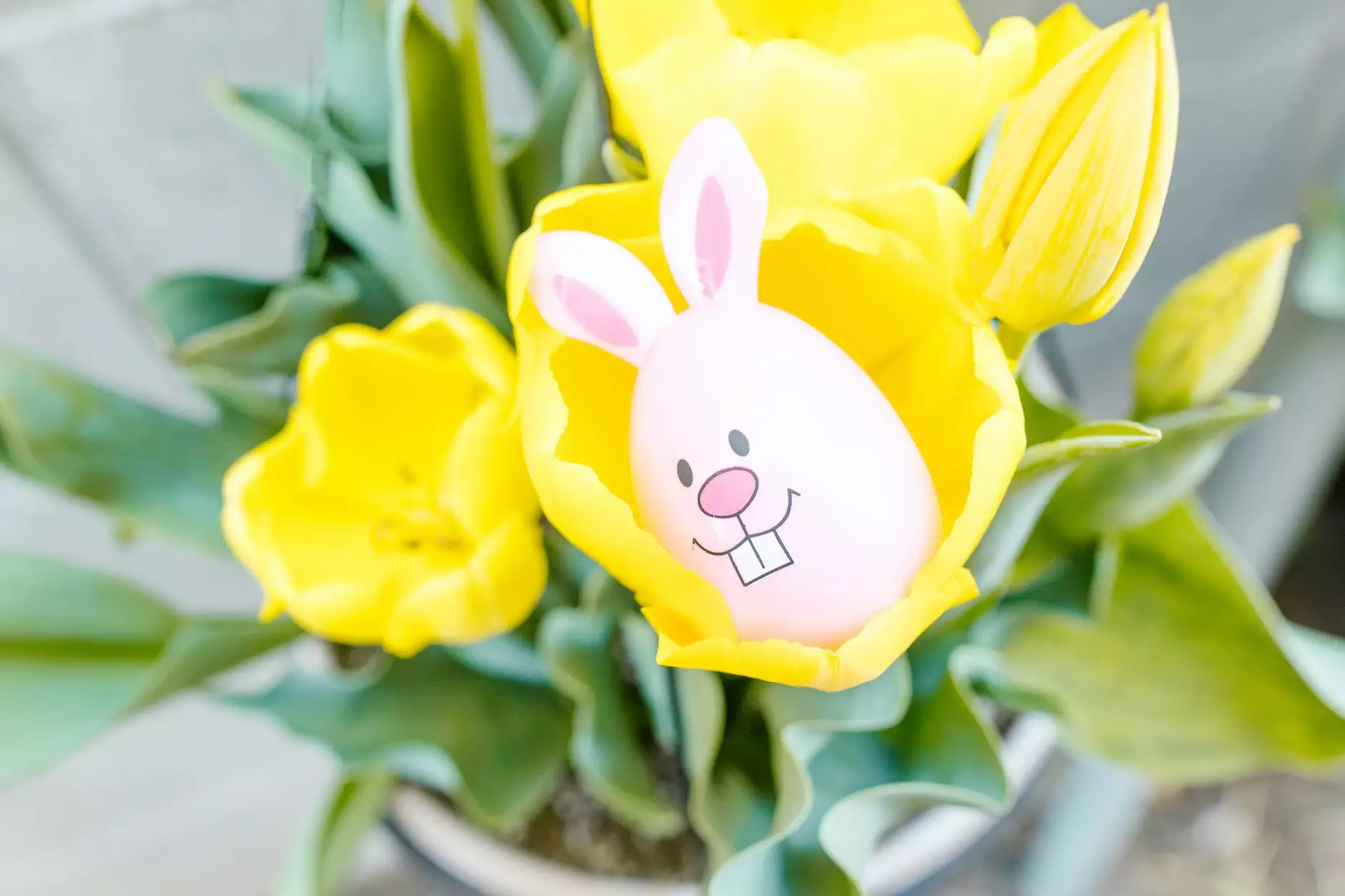The Fascinating History of Tulips

Tulips, known for their vibrant colors and diverse forms, hold a special place in gardening and cultural symbolism around the world. From their humble beginnings in the mountains of Central Asia to becoming a global horticultural sensation, the history of tulips is as rich as the flowers themselves. This article will explore their origins, their rise to fame, and their enduring legacy in our gardens today.
Origins of Tulips
Tulips belong to the genus Tulipa, which encompasses about 75 species, primarily native to Central Asia, including regions of modern-day Turkey, Iran, and northern Afghanistan. The earliest records of tulips date back to the 10th century when they were cultivated in the Persian Empire.
The Connection with Persia
In Persia, tulips were not merely flowers; they became symbols of love and passion. This cultural significance is evident in Persian poetry, where they appeared frequently as a metaphor for beauty and transience. The Persians cultivated numerous varieties, which laid the groundwork for their burgeoning popularity.
Introduction to Europe
In the 16th century, tulips made their debut in Europe, primarily thanks to Ottoman Turks who admired them greatly. The flowers were introduced to the Netherlands in the early 1600s, where they rapidly gained acclaim among the elite classes.
The Dutch Tulip Mania
The term Tulip Mania refers to a period in the Dutch Golden Age during the 1630s when tulip prices skyrocketed, creating a speculative frenzy. Tulips became a status symbol; owning rare varieties was seen as a display of wealth and sophistication.
- Price Surge: At the height of Tulip Mania, a single tulip bulb could sell for more than ten times the annual income of a skilled worker.
- Speculation Bubble: The market was heavily speculative, with many buying tulip bulbs as an investment, leading to an eventual crash in 1637.
This phenomenon was not just a financial bubble but also a reflection of the cultural importance of tulips in Dutch society, embedding them deep into their artistic and social fabric.
Symbolism and Cultural Reverence
Tulips carry various meanings across different cultures. In Turkey, the tulip became a national symbol, celebrated during festivals and depicted in traditional art forms that can be traced back to the Ottoman Empire. In the Netherlands, tulips symbolize spring's arrival and have become an integral part of their national identity.
The Dutch Flower Gardens
The Netherlands is synonymous with tulips, thanks to its extensive flower-growing industry. Regions like Keukenhof attract millions of visitors yearly, showcasing the kaleidoscope of tulip varieties. Dutch gardeners play a pivotal role in cultivating an array of tulip species, continuously developing new hybrids.
Modern-Day Tulip Cultivation
Today, the global demand for tulips remains strong. Countries including the Netherlands, the United States, and Canada continue to grow and export tulip bulbs. The modern gardener can choose from thousands of cultivars, each with unique colors, sizes, and blooming periods.
Gardening Tips for Tulip Enthusiasts
For those looking to cultivate their own tulip garden, following some essential gardening tips can help ensure a thriving display:
- Choosing the Right Bulbs: Select healthy bulbs that feel firm and solid; avoid any that are soft or moldy.
- Planting Depth: Ensure bulbs are planted at a depth of about three times their height for optimal growth.
- Soil Requirements: Tulips thrive in well-drained soil that is rich in organic matter. Amend heavy clay soils to improve drainage.
- Watering Schedule: Water bulbs after planting but reduce watering as blooming approaches, preventing mold and rot.
By following these simple steps, gardeners can enjoy a vibrant tulip display that recalls the historical journey of this beloved flower.
The Enduring Appeal of Tulips
The history of tulips reflects more than just their evolution as garden flowers; it symbolizes the profound cultural and economic impacts they have had throughout the centuries. Tulips remind us of the beauty of nature and the interconnectedness of societies through shared values, aesthetics, and economic practices.
Conclusion: A Flower That Transcends Time
From their origins in Central Asia to their status as a beloved flower worldwide, tulips encapsulate a rich history filled with intrigue, artistry, and passion. As gardeners continue to cultivate these remarkable blooms, they carry forward the legacy of the tulip—a flower that transcends time and continues to inspire.
For more information and gardening tips, visit tulips.co.uk.








